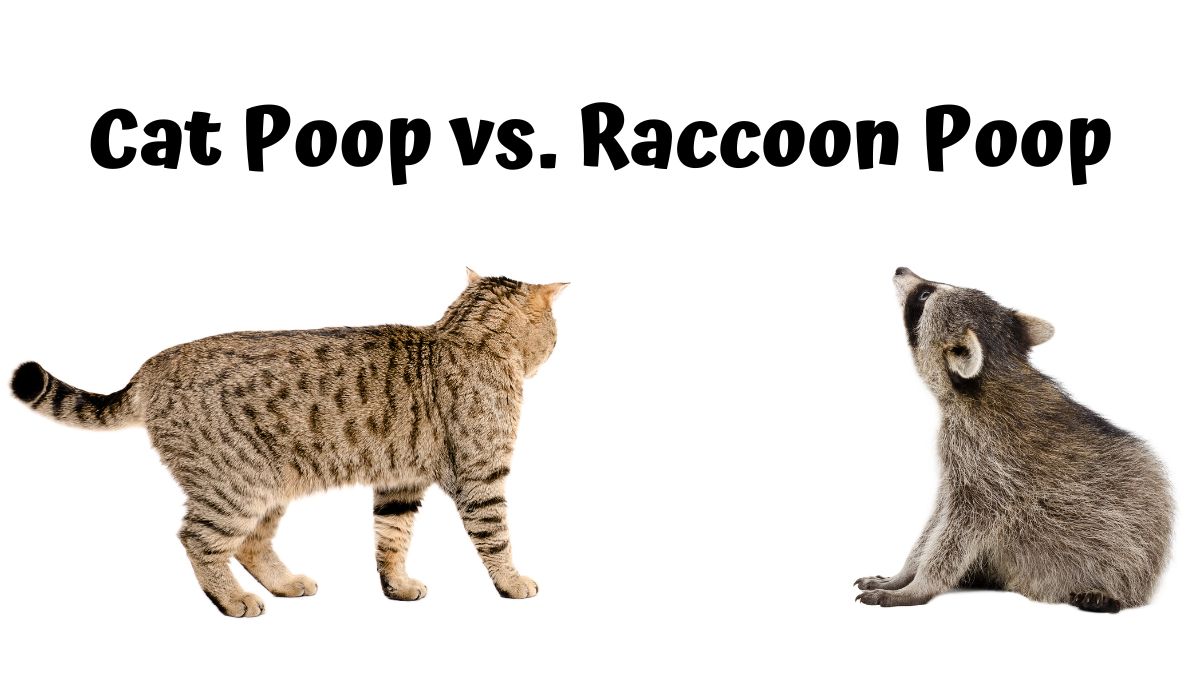Identifying animal feces in one’s surroundings is a subject of interest for homeowners and wildlife enthusiasts.
Being able to distinguish between cat poop and raccoon poop is essential not just for understanding which animals are frequenting the area but also for addressing potential health and garden concerns.
The feces of cats often have a strong, unmistakable odor due to their diet, which is high in protein.
Raccoon poop, on the other hand, can be more varied in appearance and content because raccoons are omnivores, and their diet includes fruits, plants, and small animals.
Raccoon droppings typically contain bits of undigested food, which can indicate their presence. Understanding the characteristics of each can aid in appropriately managing property and pets.
Both excrement types carry disease risks and parasites, making proper identification and sanitation crucial.
Fecal matter from these animals can contain harmful pathogens.
Toxoplasma gondii from cats is particularly dangerous for pregnant women and individuals with compromised immune systems, and roundworms from raccoons can cause serious health issues in humans if not properly handled.
Identifying and dealing with animal waste responsibly ensures a safer environment for everyone.
Cat Poop vs. Raccoon Poop
Proper identification of animal feces is important for homeowners and enthusiasts alike. Size, shape, and location are key indicators used to distinguish between various animal droppings.
Characteristics of Cat Poop
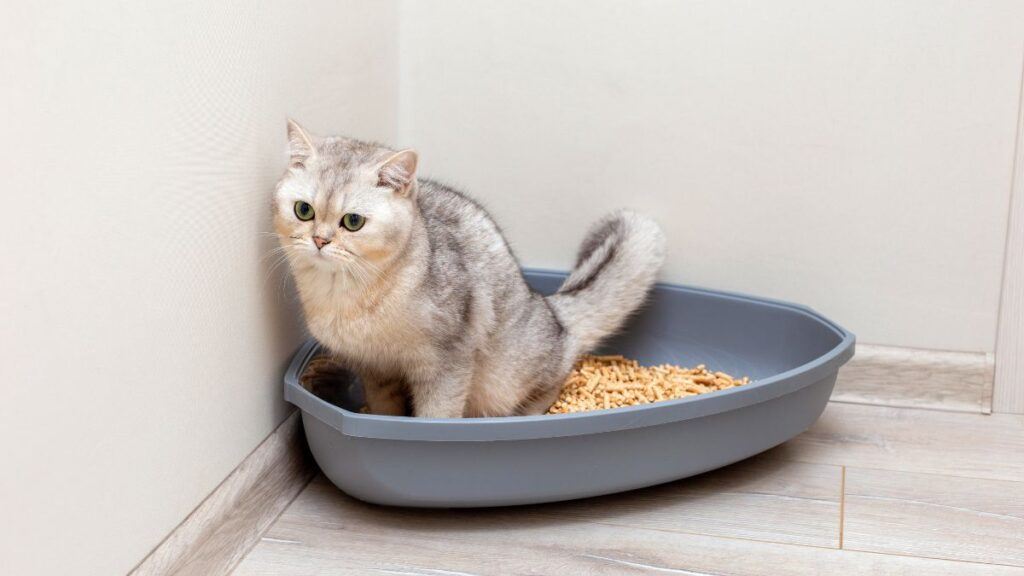
Cat poop is generally characterized by its small, tubular shape and may have pointy ends. Cats often cover their feces with dirt or litter. Domestic cat feces are typically 1 to 2 inches in length and:
- Color: Dark Brown
- Texture: Firm, with a slight segmentation
- Odor: Strong and pungent due to a high-protein diet
Location: Usually found in litter boxes or garden areas where cats may go to relieve themselves.
Signs of Raccoon Scat
Raccoon scat is often mistaken for that of a small dog because of its size and appearance. Characteristics to identify raccoon scat include:
- Size: Usually 2 to 3 inches long and about 1/2 inch in diameter
- Shape: Tubular with blunt ends
- Composition: Uneven with visible food remnants, such as seeds or insect parts
Habitat Indicators: Raccoons tend to defecate in communal sites called latrines, commonly found near tree bases or on flat surfaces like roofs or logs.
Differentiating Between Wild Animal Droppings
Differentiating between droppings of wild animals can be quite straightforward with attention to detail. Below is a table differentiating common wild animal droppings for quick reference:
| Animal | Size | Shape | Texture | Distinctive Features |
|---|---|---|---|---|
| Rat | 1/2 inch | Spindle-shaped | Smooth | Grouped, may have pointed ends |
| Mouse | 1/4 inch | Rod-shaped | Granular | Scattered, smaller than rat droppings |
| Squirrel | < 1 inch | Elongated | Slightly rough | Found in proximity to trees, may have hair or plant material |
| Bat Guano | < 1 inch | Granular | Powdery | Found beneath roosts, tends to pile up |
| Opossum | 1 to 2 inches | Tubular | Smooth | Often contains fruit remnants, similar to domestic cat feces but larger |
Identifying the specific droppings can aid in the safe and effective management of wildlife interactions and can help prevent unwanted visitors in and around homes.
Health Risks Associated With Animal Waste

Animal waste can transmit various infectious diseases to humans and domestic animals. Indirect or direct contact with feces of raccoons and domestic pets carries inherent health risks that should not be underestimated.
Parasites and Diseases in Raccoon Feces
Raccoon feces are notorious for carrying Baylisascaris procyonis larvae, which can cause a severe infection known as baylisascariasis.
The roundworm eggs found in raccoon poop can survive for years in the environment.
They may infect humans, particularly children who have a propensity to put dirty objects in their mouths—symptoms of baylisascariasis range from mild conditions to severe neurological damage.
In addition to raccoon roundworm, feces may contain pathogens causing leptospirosis, salmonella, and other bacterial infections.
Effective disease control measures involve avoiding contact with raccoon feces and employing hygiene practices such as washing hands thoroughly after potential exposure.
Hazards in Domestic Animal Waste
Domestic animals, such as cats and dogs, can also excrete harmful pathogens in their waste.
Canine distemper, a viral disease affecting dogs, can be indirectly spread through contact with contaminated fecal matter, though it is not zoonotic to humans.
Cats may harbor Toxoplasma gondii in their feces, a parasite that causes toxoplasmosis. This is of particular concern for pregnant women, as it can lead to serious birth defects.
Bacterial infections are another concern, with E. coli and salmonella being amongst the bacteria that can be transmitted through pet waste.
Proper disposal of pet waste and maintaining clean environments are crucial to minimizing these health risks.
Safe Cleanup and Disposal
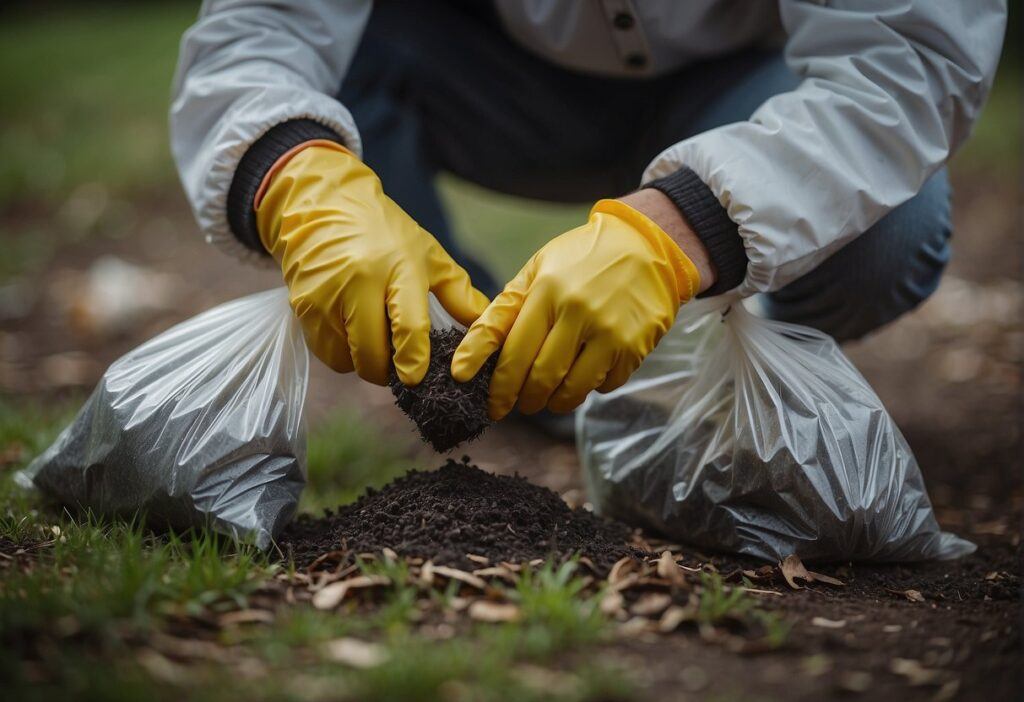
When addressing cat or raccoon feces, safety is paramount. One must equip themselves adequately and adhere to correct procedures to prevent the transmission of possible diseases.
Proper Protective Gear and Equipment
Cleanup starts by ensuring personal protection. Individuals should wear rubber boots and disposable gloves.
For airborne pathogens, a N95-rated respirator is advisable. Before commencing cleanup, one should have a plastic bag accessible for safe waste collection.
- Protection Gear Checklist:
- Rubber boots
- Disposable gloves
- N95-rated respirator
- Plastic bags for disposal
Cleanup Procedures for Contaminated Areas
Immediate removal of feces is crucial. Carefully scoop the waste into a plastic bag without touching it directly.
It’s imperative to avoid disturbing the feces to prevent the release of pathogens into the air. After collection, securely seal the plastic bag and dispose of it safely, away from pets and children.
Clean the contaminated area with a disinfectant recommended for killing parasites and pathogens in feces. Always wash hands thoroughly post-cleanup.
- Step-by-Step Cleanup Guide:
- Equip with protective gear.
- Place feces in a plastic bag using a scooper.
- Securely seal and dispose of the bag in a trash can.
- Disinfect the area with an appropriate cleaner.
- Wash hands with soap and water immediately after.
Prevention and Raccoon Proofing
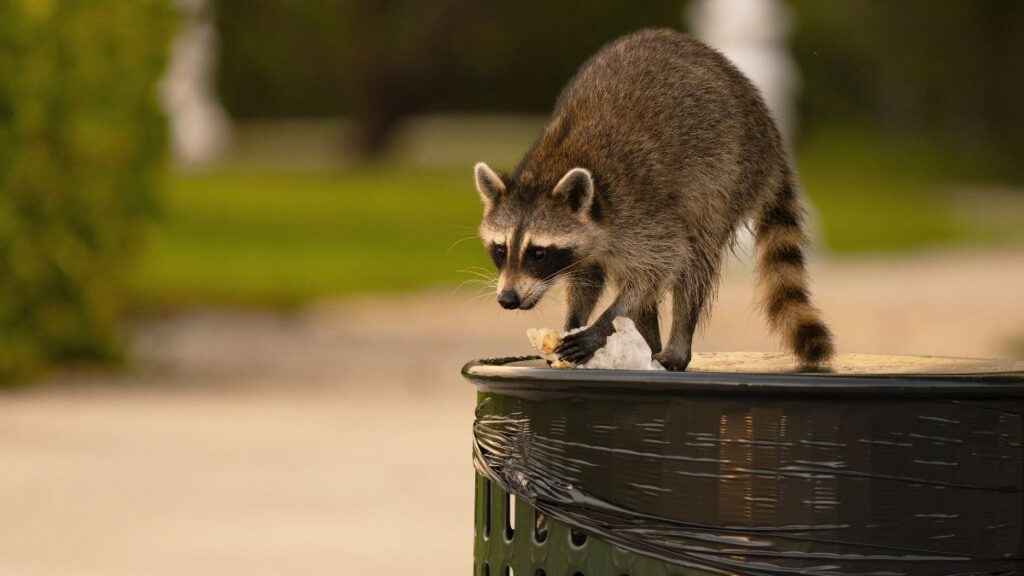
Proactive measures and consistent upkeep can greatly diminish the chances of raccoons using your outdoor space for their latrines. Attention to detail in securing areas and maintaining cleanliness is paramount.
Securing Outdoor Spaces Against Raccoons
Restricting Access:
- Confined Spaces: Ensure that any potential confined spaces, such as open vents or crawl spaces under porches, are sealed off with sturdy materials to prevent raccoon entry.
- Fish Ponds: Install fencing or netting around fish ponds, as these can attract raccoons. Use material that is difficult for raccoons to climb or tear.
Garbage Management:
- Garbage Cans: Secure lids with bungee cords or locks. Consider using cans designed to resist animal intrusion.
- Food Waste: Never leave food waste outside. If possible, use well-sealed compost bins that are not easily accessible to wildlife.
Maintaining a Clean Environment to Discourage Wildlife
Regular Cleaning:
- Establish a routine for cleaning the areas around the bases of trees and large rocks where raccoons might establish latrines. Regular checks will help identify and clean any waste to prevent habitual use by wildlife.
Landscape Management:
- Trim vegetation regularly to reduce shelter opportunities for raccoons.
- Use gravel or fencing to discourage raccoons from creating latrines in secluded spots.
Legal and Environmental Considerations
This section examines the legal frameworks governing handling wildlife feces and the impact of such waste on ecosystems and local species.
Laws Regarding Wildlife Handling
Local municipalities often have specific regulations concerning handling wildlife waste, including raccoon waste.
It is typically illegal for individuals to handle or disturb wildlife, such as raccoons, without proper authorization or permits.
| Entity | Relevant Law or Regulation |
|---|---|
| Local Fire Department | May be involved in acute animal waste incidents |
| Residents | Required to employ certified professionals for raccoon removal |
These laws are designed to ensure wildlife feces are managed safely, to mitigate health risks to the community, and to uphold the natural behavior of local wildlife without human interference.
Impact on Ecosystems and Local Wildlife
Raccoon waste can significantly affect local ecosystems.
Key Effects:
- Alteration of soil composition.
- Transmission of parasites and diseases to local wildlife.
In areas with substantial animal waste, particularly from raccoons, it can lead to an imbalance affecting other species through disease or nutrient overload.
Wildlife management authorities may need to intervene when natural habitats face disruption due to the accumulation of waste.
The approach is to maintain environmental health while also considering protecting and conserving local wildlife.
Professional Assistance and Services
Professional assistance can be crucial for effectively managing raccoon and cat feces issues. This section guides when to seek help and lists resources for addressing fecal management concerns.
When to Call for Raccoon Removal
Raccoon feces can present a significant health risk due to possible infection with parasites such as roundworms.
Experts recommend that individuals facing a raccoon problem consult a wildlife removal service, especially daily.
Urban and rural residential areas can experience raccoon intrusions, and professional services are equipped to handle such situations safely.
- Immediate Assistance: If raccoon feces are found regularly, the best option is to call professional removal services.
- Health and Safety: Professionals have the equipment to safely remove raccoon droppings, mitigating the risk of contamination and infection.
Resources for Pet Owners and Urban Dwellers
For cat owners and urban residents, resources are available to address concerns related to cat poop. Local hardware stores often stock supplies needed for safe feces disposal and management.
Disposal Supplies:
- Gloves and masks for safe handling
- Enzymatic cleaners for sanitation
- Sealable bags for containment
Local Resources:
- Municipal waste guidelines on pet waste disposal
- Informational brochures detailing the risks associated with improper fecal management
Conclusion – Cat Poop vs. Raccoon Poop
Distinguishing between cat poop and raccoon poop is not just a matter of curiosity but a significant health concern, especially when considering the potential hazards posed by raccoon latrines.
Infected raccoons can shed millions of eggs of internal parasites into the environment, contaminating the soil in wooded areas where these animals commonly establish their latrines.
This poses a particular risk to small children who play outdoors and may come into contact with the contaminated soil daily.
Parents and pet owners alike must be vigilant in identifying and safely disposing of animal feces, ensuring that areas frequented by children are kept free of potential sources of infection.
Understanding the differences between cat and raccoon feces can aid in this endeavor, contributing to a safer environment for everyone.
By educating ourselves and our communities about the risks associated with raccoon latrines and taking proactive measures to mitigate them, we can protect our families and pets from the dangers of internal parasites and ensure that our outdoor experiences remain enjoyable and safe.
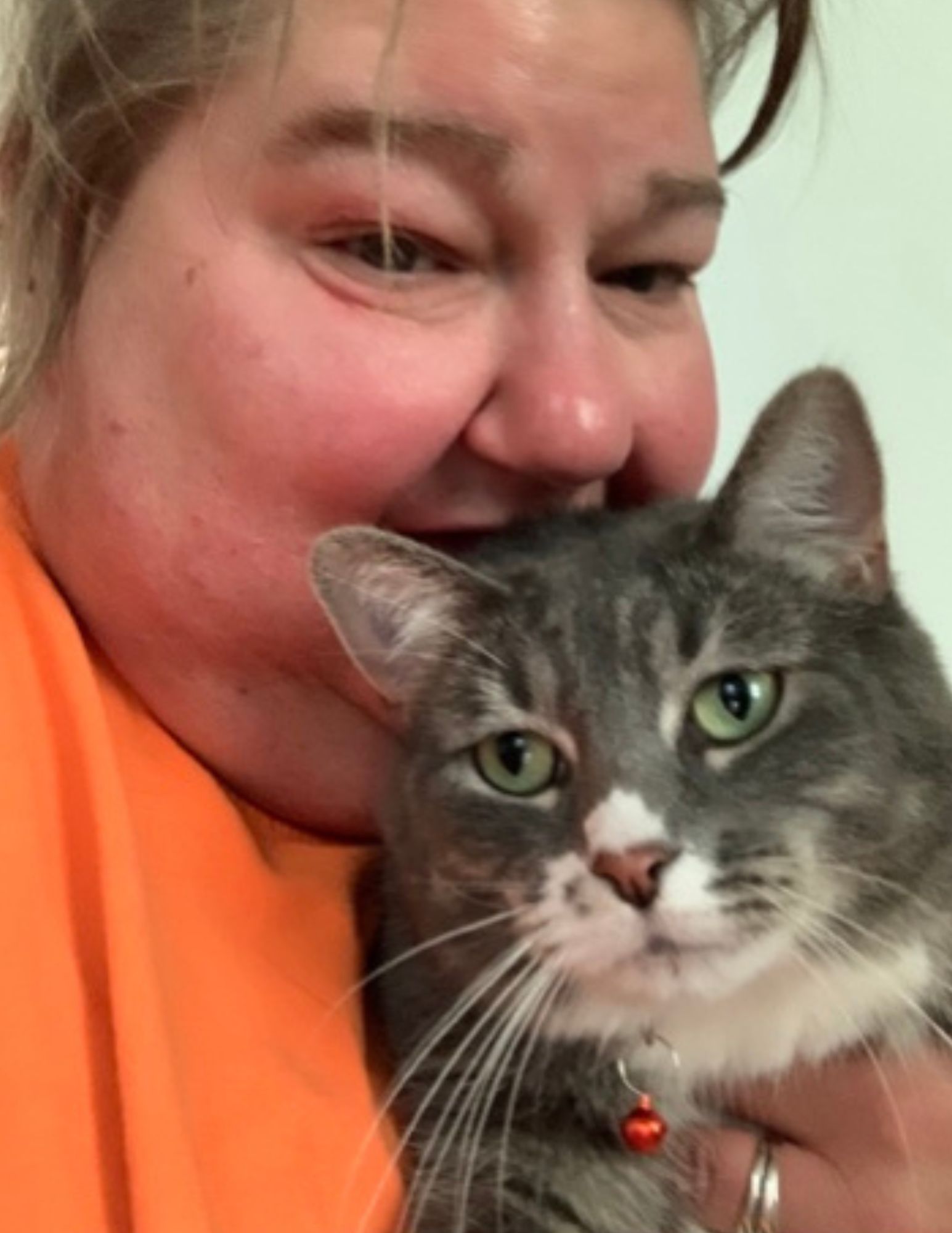
Meet Ann Haasnoot, the passionate founder of CatFurLife.com. A lifelong cat lover from Wisconsin, Ann combines her extensive feline behavior and care knowledge with her love for writing. On her website, she shares invaluable insights about cat breeds, care tips, and her experiences with her beloved furbaby, aiming to deepen the bond between cats and their human companions.

